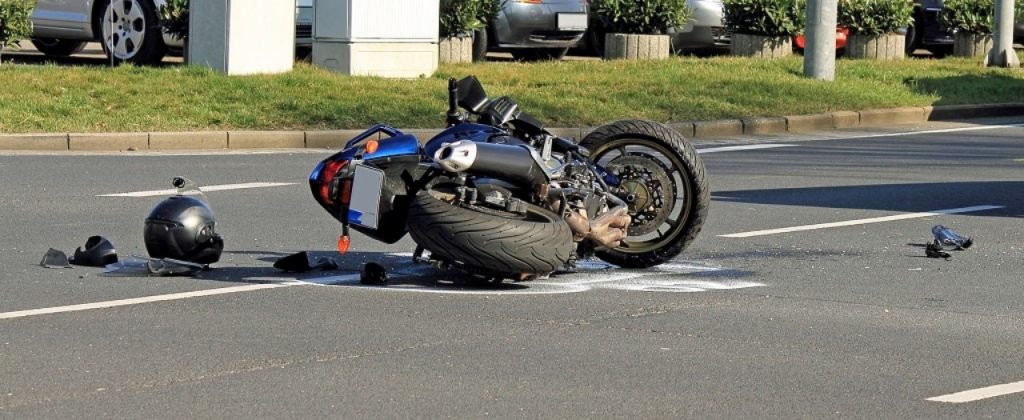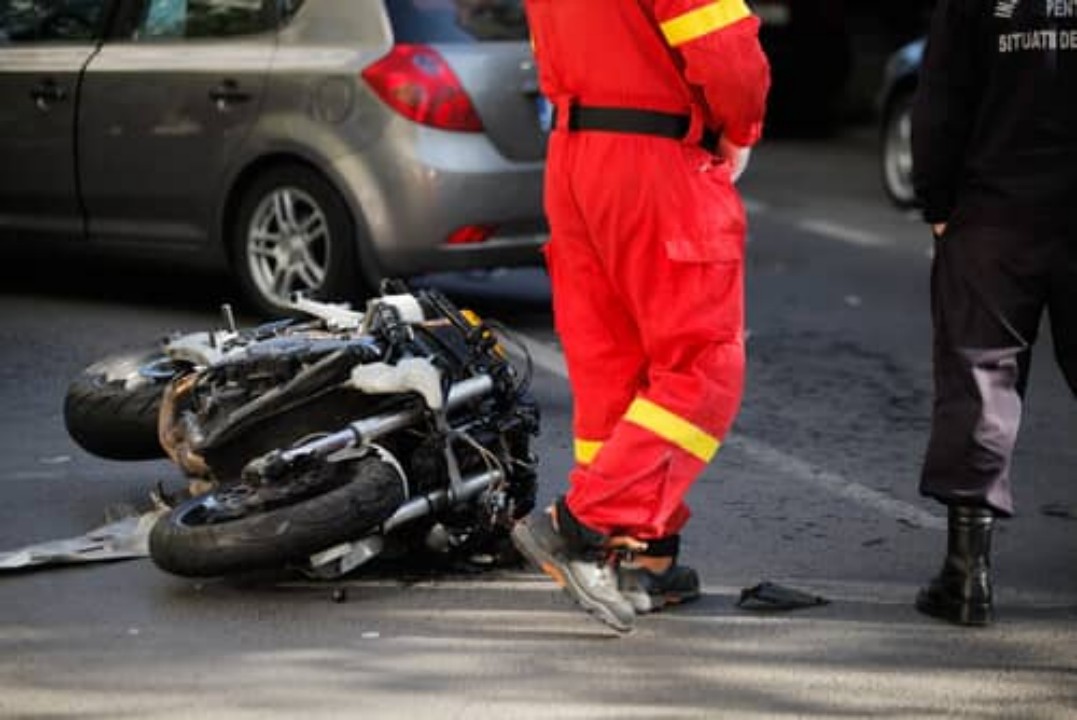What Time of Year Do Most Motorcycle Accidents Happen in Chicago?
As the chill of a Chicago winter finally begins to recede, a familiar sound returns to the city streets – the distinct rumble of motorcycles. For enthusiasts, the first rideable days of spring are eagerly anticipated. But as bikes emerge from winter storage, it raises an important safety question: does the risk of motorcycle accidents fluctuate with the seasons? Is there a particular time of year when riders face the greatest danger on Chicago’s roads?
Understanding the seasonal ebb and flow of motorcycle accidents isn’t just an academic exercise. Knowing when the risk is statistically highest can significantly sharpen the awareness of both riders and other motorists, potentially preventing tragic incidents. Let’s explore Chicago’s riding season and delve into when accidents are most likely to occur, and importantly, why.

Defining Chicago’s Motorcycle Riding Season
Chicago’s climate dictates a fairly defined riding season. The harsh winters, typically spanning from December through February and often into March, bring snow, ice, road salt, and frigid temperatures – conditions that make motorcycling extremely hazardous and impractical for all but the most intrepid (and specially equipped) riders. Consequently, motorcycle activity during these months is minimal. The prime riding season generally kicks off as temperatures consistently rise above the 40s and 50s Fahrenheit, usually around April or May, and extends through the warmer months until September or October. Within this window, May through September arguably represents the core period when the vast majority of motorcycle miles are logged in the Chicagoland area.Pinpointing the Peak Season for Motorcycle Accidents
While hyper-specific, publicly available monthly data exclusively for motorcycle accidents in Chicago can be elusive, we can draw strong conclusions based on general traffic principles, national trends, and data from regions with similar climates. Accident frequency overwhelmingly correlates with exposure – simply put, when more people are riding more miles, the potential for accidents increases. Therefore, it’s highly probable that the peak period for motorcycle accidents in Chicago aligns directly with the peak riding season: the summer months of June, July, and August. Late spring, particularly May, also likely sees a significant number of incidents as riders eagerly return to the roads en masse. This aligns with Illinois designating May as “Motorcycle Awareness Month,” a time when campaigns urge drivers to “Start Seeing Motorcycles” again after the winter lull. Conversely, the winter months (December–February) would see the absolute lowest number of motorcycle accidents, simply because very few people are riding. Indicative studies from other regions with distinct seasons support this summer peak pattern for motorcycle injuries and fatalities. In the most tragic cases, these accidents can result in loss of life—situations where the guidance of a skilled wrongful death attorney Chicago families can rely on becomes essential to pursue justice and accountability.Why the Summer Peak? Unpacking the Reasons
Why are the seemingly ideal riding months of summer statistically the most dangerous? Several factors contribute:- Maximum Rider Exposure: This is the most significant factor. Summer brings the best weather, longest daylight hours, and vacation time, encouraging far more riders onto the roads for longer durations. Commuting, weekend pleasure rides, road trips, and motorcycle events all peak during these months, dramatically increasing the total miles traveled and thus the potential for incidents.
- Increased Overall Traffic: Summer is also peak season for tourism and local events in Chicago, adding more cars, buses, bicycles, and pedestrians to the already busy streets, increasing the complexity of the traffic environment.
- Road Construction: Major roadwork is often scheduled during the summer months, leading to lane closures, uneven surfaces, debris, and unexpected traffic pattern changes – all significant hazards for motorcyclists.
- Weather Isn’t Always Perfect: While generally favorable, summer can bring sudden, intense thunderstorms that quickly make road surfaces slick and dangerous. Extreme heat can also contribute to rider fatigue and dehydration, impairing judgment and reaction times.
Don’t Discount the “Shoulder Seasons” (Spring & Fall Risks)
While summer likely sees the highest volume of accidents, the transitional periods of spring and fall have their own unique hazards that riders must respect:- Spring (April-May):
- Rider Rustiness: After months off the bike, a rider’s skills might be less sharp. Handling, braking, and emergency maneuvers might need refreshing.
- Bike Readiness: Motorcycles emerging from storage might have underlying maintenance issues (low tire pressure, old fluids, dead battery) if not properly prepped.
- Road Conditions: Winter takes a toll on pavement. Potholes, loose gravel, and leftover road salt can create treacherous spots.
- Driver Readjustment: Car and truck drivers aren’t used to seeing motorcycles after the winter break. This increases the risk of “looked but didn’t see” errors, where drivers fail to register a motorcycle in their vicinity.
- Fall (September-October):
- Unpredictable Weather: Temperatures can drop quickly, rain becomes more frequent, and early morning frost is possible, all affecting traction.
- Slippery Surfaces: Wet leaves covering the roadway can be as slick as ice for a motorcycle’s tires.
- Decreasing Daylight: Shorter days mean more riding in twilight or darkness, reducing visibility for both the rider and other motorists.
- “End of Season” Factors: Some riders might feel pressure to squeeze in final rides, potentially leading to fatigue or pushing weather limits.
Safety Implications: Riding Smart Through the Seasons
Understanding these seasonal patterns allows for a more strategic approach to safety:- Heightened Summer Vigilance: Don’t let the good weather lull you into complacency. Be hyper-aware during June, July, and August precisely becausethere are more riders and more overall traffic, increasing interaction risks. Defensive riding is paramount.
- Transitional Season Caution: In Spring, perform thorough bike checks, perhaps take a refresher course, and assume other drivers aren’t looking for you. In Fall, be acutely aware of changing road conditions (leaves, frost), reduced daylight, and dress appropriately for dropping temperatures.
- Remember the Primary Causes: It’s crucial to remember that national data consistently shows most fatal motorcycle accidents occur in clear weather. While seasonal factors influence whenaccidents are most frequent, the underlying causes often remain constant: speeding, impaired riding, failure to yield (by car drivers), distracted driving (all parties), and lack of proper gear, especially helmets. These risks exist whenever you ride during the season.







